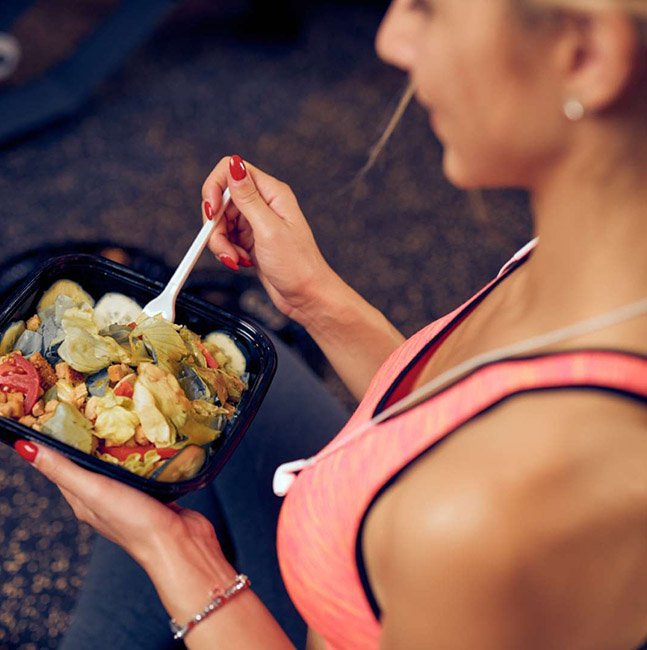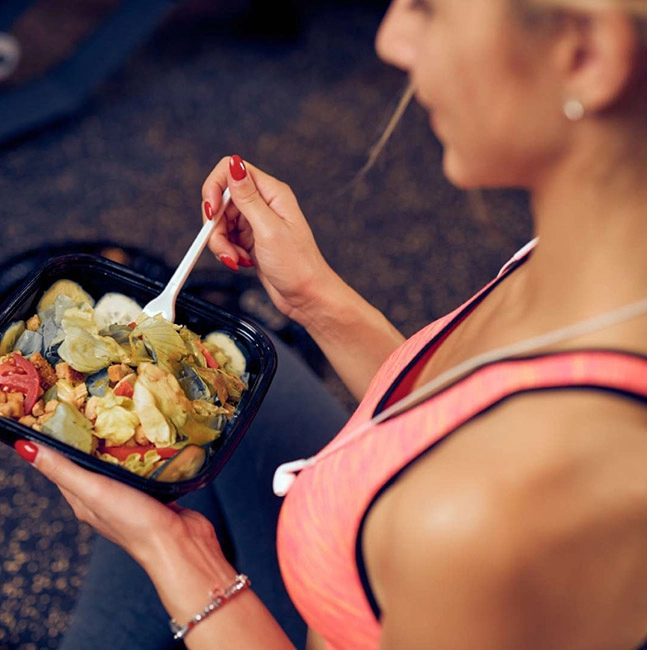
The Smart Way to Track Macros: 5 Key Insights for Success
If you’re new to macro tracking or simply want to refine your approach, you’re in the right place! Tracking macros (ie. protein, carbs, and fats) is a popular tool for building awareness around your eating habits. However, it’s important to remember that it’s a tool – not a lifestyle.
Here are five key insights to keep in mind while you embark on your macro-tracking journey:
1. It’s Just a Temporary Tool
While tracking macros can be a game changer for understanding what you’re eating, it doesn’t have to be a permanent habit. Think of it as a temporary tool that helps create food awareness. Once you’ve gathered the information you need to make informed decisions about your meals, you can gradually wean off tracking. The goal is to build a healthier relationship with food, not to become obsessed with logging every bite (which can be a full-time job!).
2. Learn and Listen to Your Hunger Cues
While tracking can teach you a lot about portion sizes and nutrient intake, your hunger cues are just as valuable. As you track, take the time to tune in to when you’re actually hungry and when you’re full. Sometimes, it’s easy to get caught up in the idea of “I have to hit my macros” to reach your macro goals. But this can lead you to overeat when you aren’t hungry, which doesn’t help you build trust with your body. Your internal hunger cues will be your guide once you stop tracking. Ultimately, developing this intuitive connection with your body will empower you to nourish it without relying solely on an app.
3. Weigh Out Your Food After You Estimate
One of the best ways to build confidence in managing portions without an app is to guesstimate your food portions first, then weigh them to see how close you were. Over time, this will teach you what appropriate portion sizes look like, so you won’t need to rely on a food scale forever. It’s a skill that builds trust in your ability to meet your goals without feeling tied to strict measurements. This also comes in handy when you’re out to dinner and don’t have access to a food scale but still want to track your macros.
4. You Have Options
Remember that tracking isn’t the only way to gauge your food intake. You can use hand-sized portions or eyeball your servings after practicing with a food scale for a while. Once you’ve developed awareness, mixing and matching different approaches to macro tracking becomes an option. Flexibility in your approach will always be the key to long-term success.
5. Your Biofeedback Also Matters
Tracking isn’t just about hitting macro goals—it’s about your body’s feedback, too. Pay attention to your sleep, stress levels, hunger patterns, recovery, energy, and digestion. These factors should influence any adjustments you make to your macros and workout routines. Remember, nutrition is about supporting overall wellness, not just numbers.
By utilizing these tips, you’ll make the most of your macro-tracking experience. It’s all about building awareness and creating sustainable habits that work for you in the long run!







